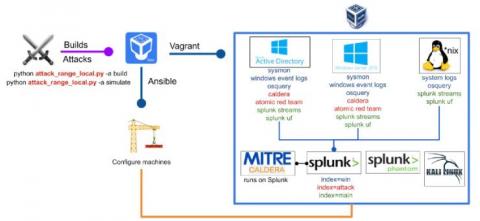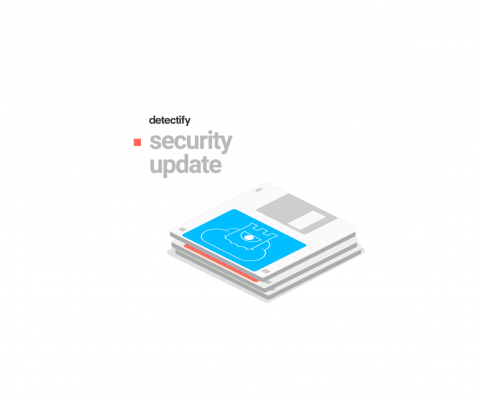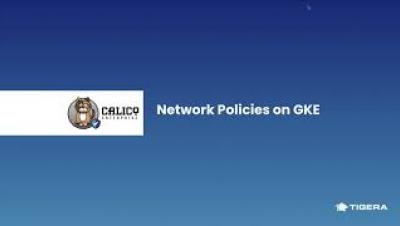Security Advisory: Critical Zerologon Vulnerability (CVE-2020-1472)
A critical CVSS:10 vulnerability (CVE-2020-1472) in the Microsoft Netlogon process was patched in the August patch cycle, but details were not made public until earlier this week (14th September).











